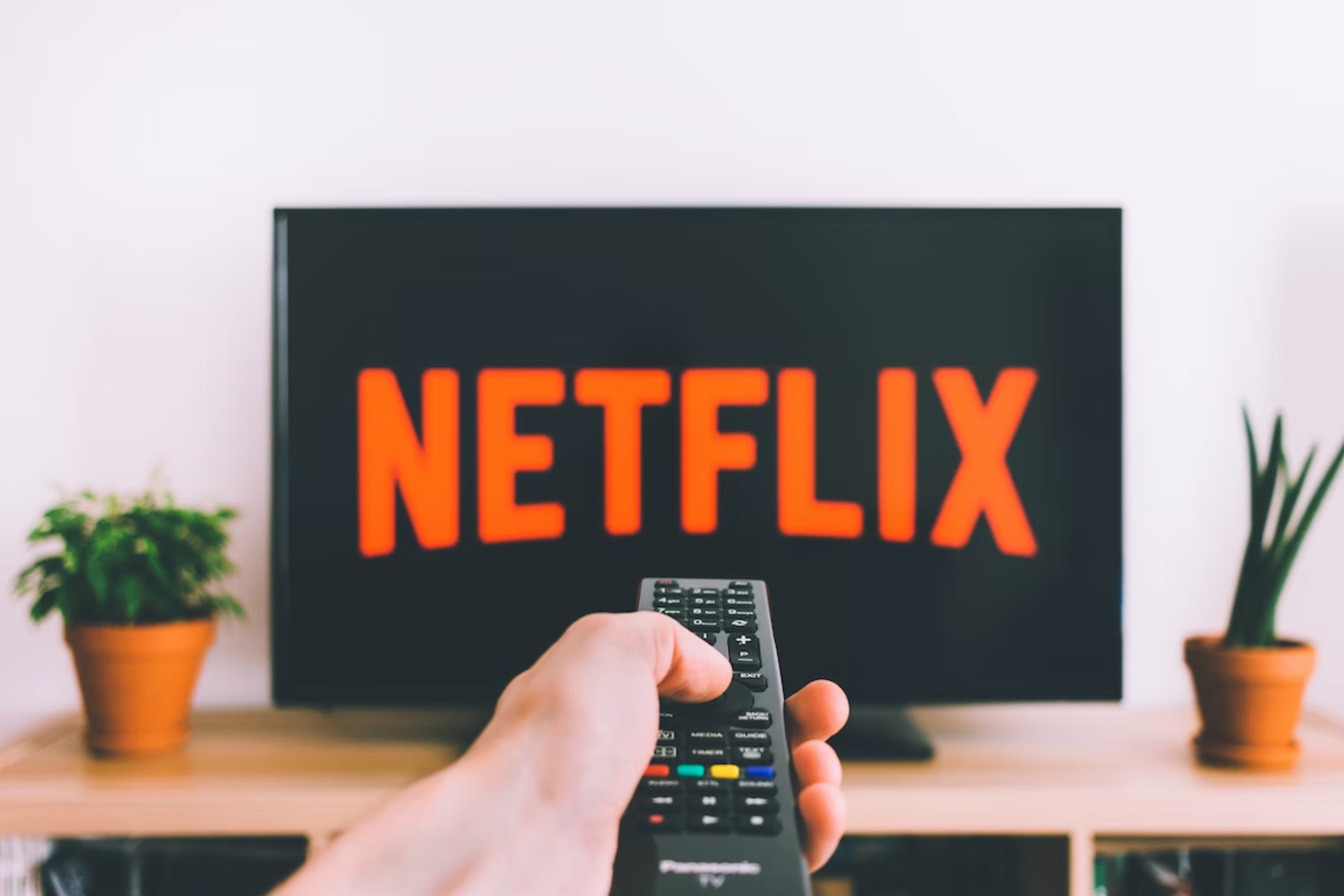The sports industry has ballooned over the last century, transitioning from a semi-professional set-up to a heavily commercialized operation that generates billions in revenues. There are many revenue streams in professional sports today, including ticket sales, sponsorship and merchandising. Sports betting is also a major part of the industry, with millions wagered every week as fans test their knowledge of the teams. This, in particular, is an incredibly competitive space, with dozens of bookies giving promotions and free offers to new customers as they race to build market share.
Of course, the biggest part of the professional sports industry is television. It is how most people watch games, even if they attend the occasional match in person. TV is, by far, the most convenient way to follow the action.
However, despite almost every other area of the media embracing over-the-top streaming services, traditional linear TV continues to be the dominant force in sports broadcasting. Why is this and will it ever change?
Table of Contents
Streaming is Technically Possible
Of course, the vast majority of people reading this will know that live streaming sports games is definitely possible. There are no major technical limitations that would prevent broadcasts from being transmitted to fans over the internet rather than over the air, other than the fact that this can add to the latency of a feed.
For example, if you watch a major event like the World Cup, you know that a goal has been scored before you see it on your TV because someone watching via a different service has seen it already and cheered loudly.
Streaming is generally slower than cable, satellite, and RF transmissions, but only by a few seconds – not enough to cause much of an issue to most people.
The Importance of Television
However, technology is not the biggest factor holding back sports streaming from dominating as it has with shows and movies. It is difficult to overstate the importance of television to professional sports. The reality is, without the revenues that are generated from allowing people to watch games on their TVs, most leagues and teams wouldn’t exist in their current forms.
The companies that pay to buy the rights to broadcast games over their networks account for the biggest proportion of revenue for almost every major league on the planet. They do, of course, make that money back and then some. They charge viewers a fee to access their sports programming and then also charge other companies to show their ads during broadcasts.
For perspective, the 2022-25 cycle for the English Premier League will see domestic TV companies pay £5.1 billion ($6.9 billion) and international networks hand over $5.3 billion ($7.1 billion) over three seasons. The league’s own commercial partnerships will only contribute an additional £100 million to that pie over the same period, making it somewhat insignificant.
It isn’t just the EPL, either. Formula 1 Group, the organization that owns F1 and sells the TV broadcasting rights for the sport, generated $2.136 billion in 2021, almost double its 2020 earnings. While the company’s accounts don’t state exactly how much of that revenue is generated from TV, we can estimate the figure by subtracting the approximately $700 million that it receives from race tracks from the $1.85 billion of “Primary F1 Revenue” to get a figure of $1.15 billion.
So we can see, very clearly, just how crucial television money is for directly contributing the majority of the revenue generated by sports leagues. But that isn’t all, because television also plays an indirect role, bringing in yet more revenue.
Before TV, sponsorship at stadiums would only be shown to tens of thousand of people per game, at best. While this is still a good amount of exposure for brands, it pales in comparison to the millions of eyeballs that get shown advertisements when the TV cameras are trained on them. This makes sponsorship deals worth far more than they were worth in a time before television broadcast deals existed.

Streaming Could Be More Lucrative
While TV broadcasting rights are an undeniably huge cash cow, there is plenty of evidence to suggest that it could be more profitable for leagues to cut out the middleman and sell their content directly to fans via a streaming service.
With 200 EPL games aired on TV each season, the league generates £8.5 million ($10.5 million) for each match. With an average of 1.9 million fans tuning in to watch each one, that’s £4.47 per game. It’s easy to see how it would be possible to charge more than this through a streaming service, either via subscription or a pay-per-view model.
The Apple Cart is Too Important to Upset
To mix our metaphors, when you have too many eggs in one basket, it’s often wise not to upset the apple cart, and that definitely is the case for most major sports leagues.
When you run a business that generates the revenues that these leagues make, one of your biggest priorities is preserving that income. Often, this even comes ahead of trying to grow it. There are countless examples of businesses that have collapsed when their revenue has dried up. In a way, it’s much safer for executives to continue with a tried and tested method.
It’s also likely that many leagues would face legal challenges from TV broadcasters if they were to cut them out of the loop. It’s unclear how these would develop, but the mere process of fighting a legal battle would be expensive.
So while streaming could, at least in theory, generate more money for sports leagues, it would take a brave set of decision-makers to be the guinea pig in an experiment that could increase their revenue by a reasonable margin, or completely tank their business and tie it up in legal strife for years.
Therefore, the answer as to why we don’t currently have a Netflix for the NFL or a Hulu for hockey, streaming platforms with exclusive rights to all games, is that the status quo is good for most of the parties involved and no one wants to change it.


